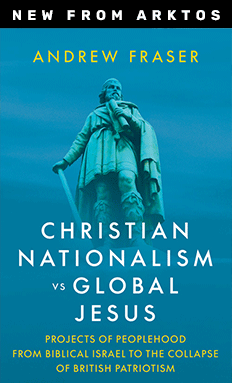New Chinatown Grows in Far East San Gabriel Valley
David Pierson, Los Angeles Times, June 19, 2008
{snip}
In fact, much of the eastern San Gabriel Valley has more in common with Taipei, Beijing or Shanghai than it does with neighboring Los Angeles. Here, Asian-immigrant entrepreneurs have transformed once-sleepy suburbia into a Chinatown like no other.
They are far from struggling newcomers trying to achieve the American Dream in other Chinese enclaves such as Monterey Park and San Gabriel farther to the west.
Here, the power of Chinese culture and its economy is on display, said Joel Kotkin, an expert in urban affairs and ethnic economies.
“It’s so overwhelming,” he said. “It’s a suburb anchored to the tribal economy of the Chinese and China. They have an ideal life with a spacious backyard and institutions and amenities close by. You have a 15-minute commute to work rooted in city of Industry. You don’t have to step out.”
And many don’t.
{snip}
The combined populations of Rowland Heights, Hacienda Heights, Walnut and Diamond Bar have not only doubled in the last two decades but also are now two-thirds Asian.
Close to 40% of the businesses in Industry are ethnic Chinese-owned.
Up the hill from Life Plaza, at Blandford Elementary School, close to 60% of the students are Asian.
Many are the children of wealthy immigrants, dropped off in luxury cars by their mothers. Many fathers are absent, having to work in China.
The school recently had to revamp its lunch policy. The main office was overwhelmed at noon with mothers trying to deliver hot lunches either from home or Chinese restaurants. Now they must leave the meals on a cart outside the school gates at 11 a.m.
Parent volunteer Rosy Chong said she overheard a newly arrived Korean parent’s daughter ask her mother, “When are we going to America?”
“She thought Rowland Heights was a stopover” in Asia, Chong said.
{snip}
Teacher Cindy Kim sees it firsthand in her classroom. In an environment so dominated by Chinese and Koreans, it’s difficult to teach lessons about other cultures.
“We had Cesar Chavez assemblies, and it was difficult for them to comprehend,” Kim said. “I’d ask for background information, and I wouldn’t get a lot of input. They’d ask, ‘Who is that?’ Our big holiday is Chinese New Year.”
The school usually holds its book sale after the New Year’s celebration, knowing the students have “lucky money” to spend.
{snip}
Like many middle-class Chinese and Taiwanese immigrants, the Tsais opted for the area over more established enclaves like Monterey Park and Alhambra, partly because the homes were newer and larger.
The Tsais’ fortunes increased dramatically in 2000 when Leg Avenue began making and designing sexy Halloween costumes for women.
They used old connections to secure factories outside Taipei and in Guangzhou and Shanghai to manufacture the designs affordably.
The racy nurse and pirate outfits became so popular the company went from $1 million in sales in 2000 to recording $87 million last year.
Their original Rowland Heights property has grown to become a 1.5-acre plot featuring three houses shared by more than 20 family members and a fleet of luxury cars.
The family imported ancient wood chairs and stone from Taiwan to form a table under the gazebo in the courtyard. Their annual Chinese New Year’s parties have become affairs for 400. This year’s party featured Peking duck, rowdy Taiwanese dice games and the doling of $30,000 in red “lucky money” envelopes to visitors.
{snip}















